It all started with a king on the run—at least that’s how the legend goes. In 1709, Stanislaus I of Poland fled to Alsace, in eastern France. As one does, he brought his pastry chef, one Nicolas Stohrer, and a supply of babka, yeast cakes from his homeland. Finding the cakes too dry, Stohrer allegedly thought to soak them in sweet wine, a precursor of the dessert that would establish his name.
Stanislaus would eventually marry his daughter to Louis XV. After a stint of baking for the royal couple in Versailles, in 1730, Stohrer would go on to start his own pastry business. That bakery is still in business today and is Paris’s oldest pastry shop, having occupied the same space on Rue Montorgueil for nearly 300 years.
At some point in the 19th century, it’s thought that one of Stohrer’s descendants decided to soak those yeast cakes in rum rather than sweet wine, and the baba au rhum, or rum baba, we know today was born. A popular variant is topped with a peak of chantilly, sweetened cream flecked with real vanilla beans. And if you want to take a bit of Stohrer home, rum baba are also sold in jars, soaking in that boozy syrup.
Today, locals and tourists file into the narrow shop for some of the city’s most decadent and beautiful pastries. Yet despite the legendary puits d’amour, religieuses à l’ancienne, bouchées à la reine, and vol-au-vents, rum baba has come to define Stohrer; even the shop’s 19th-century murals, painted by a student of Paul Baudry, who decorated the Opéra Garnier, depict the boozy sweet.
Know Before You Go
There’s no seating at Stohrer, and all items are take-away only.


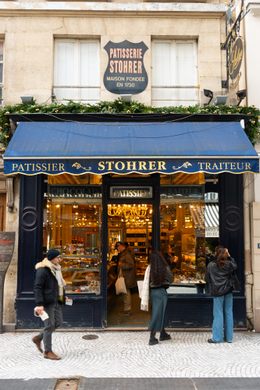

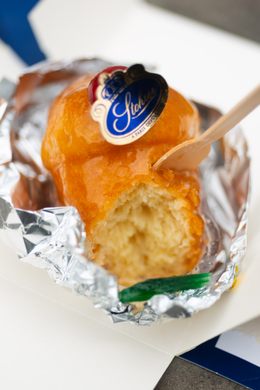
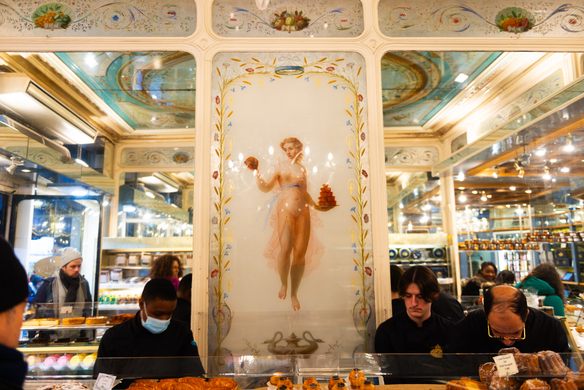
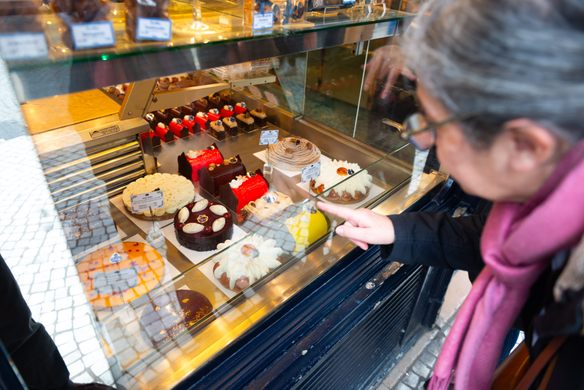
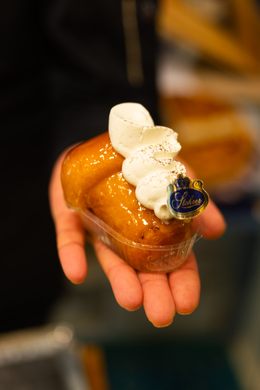
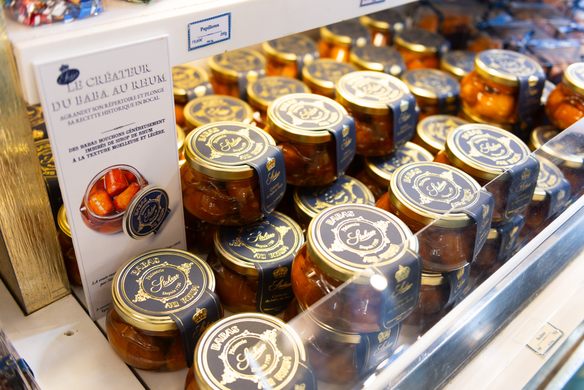
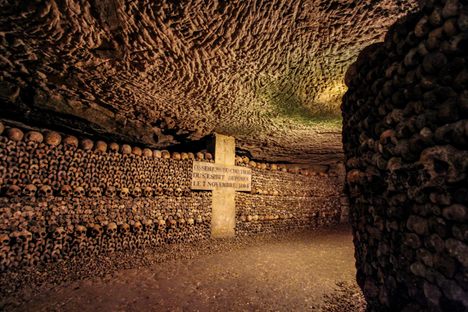
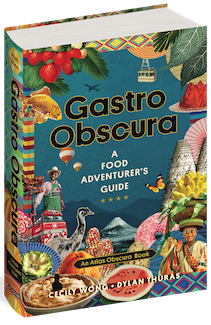



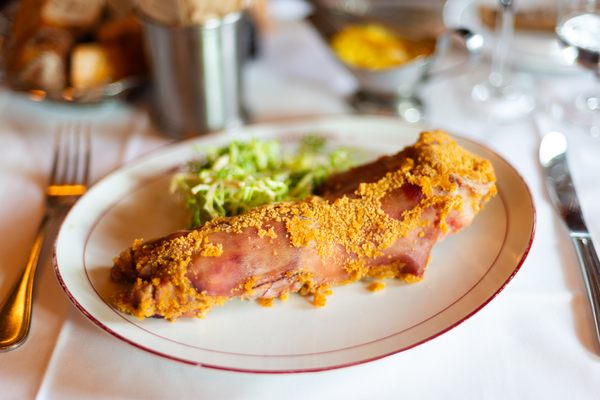


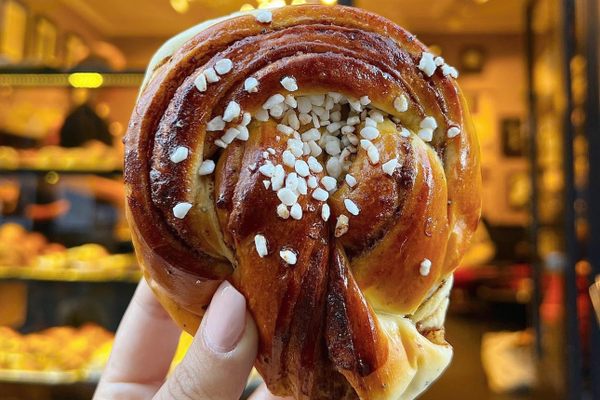
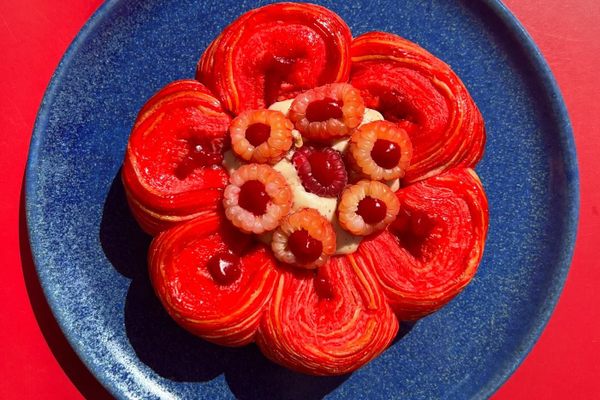
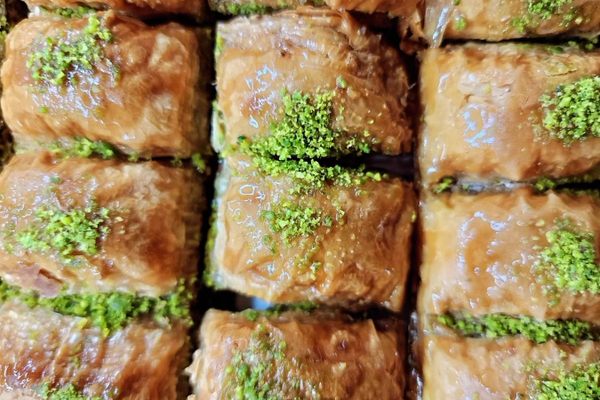



Follow us on Twitter to get the latest on the world's hidden wonders.
Like us on Facebook to get the latest on the world's hidden wonders.
Follow us on Twitter Like us on Facebook